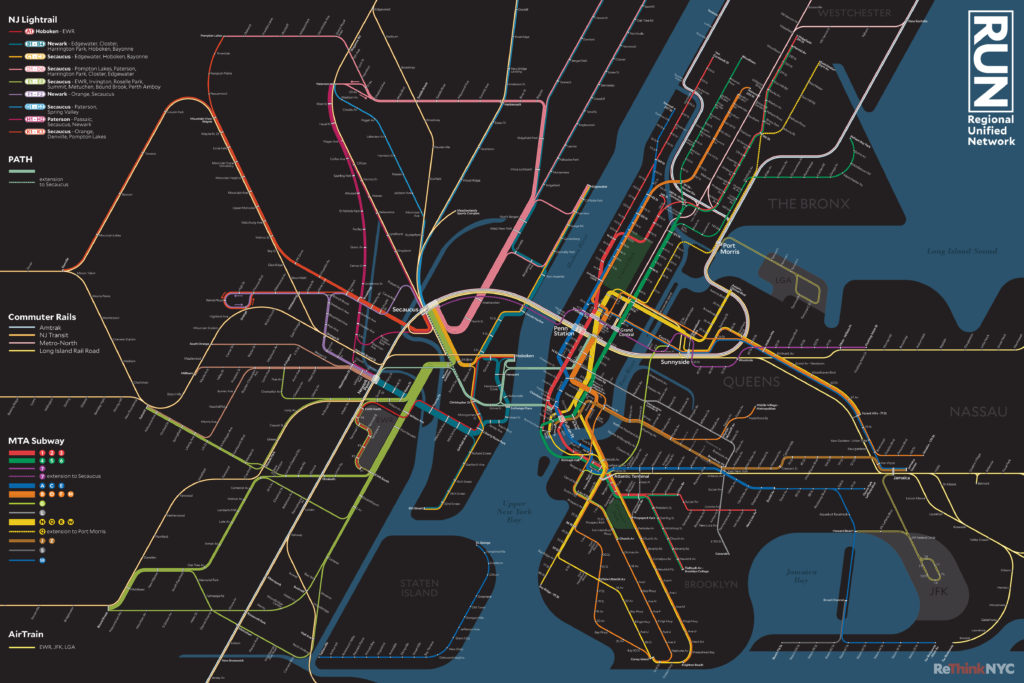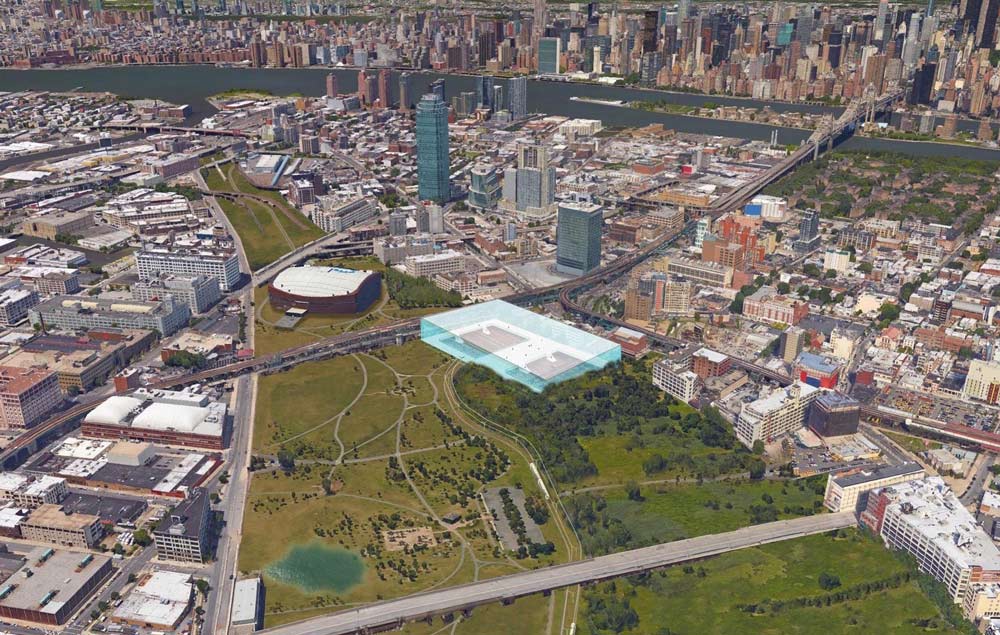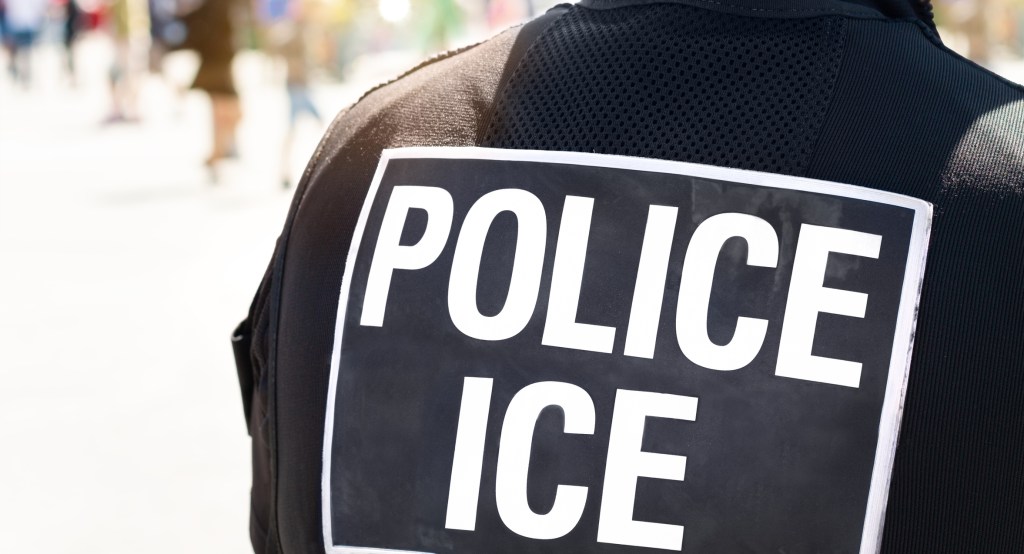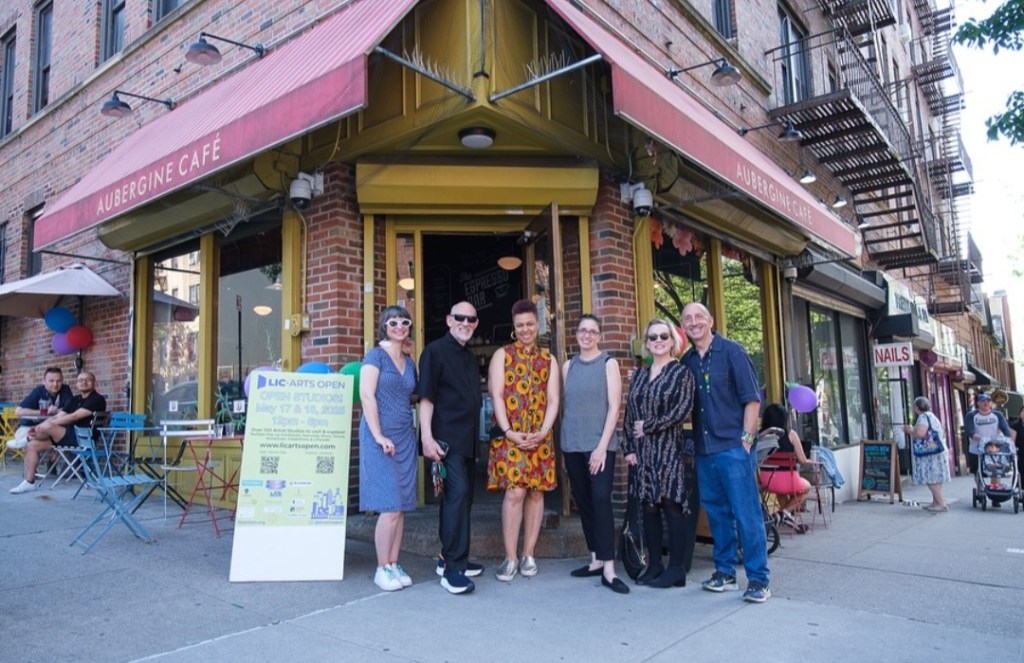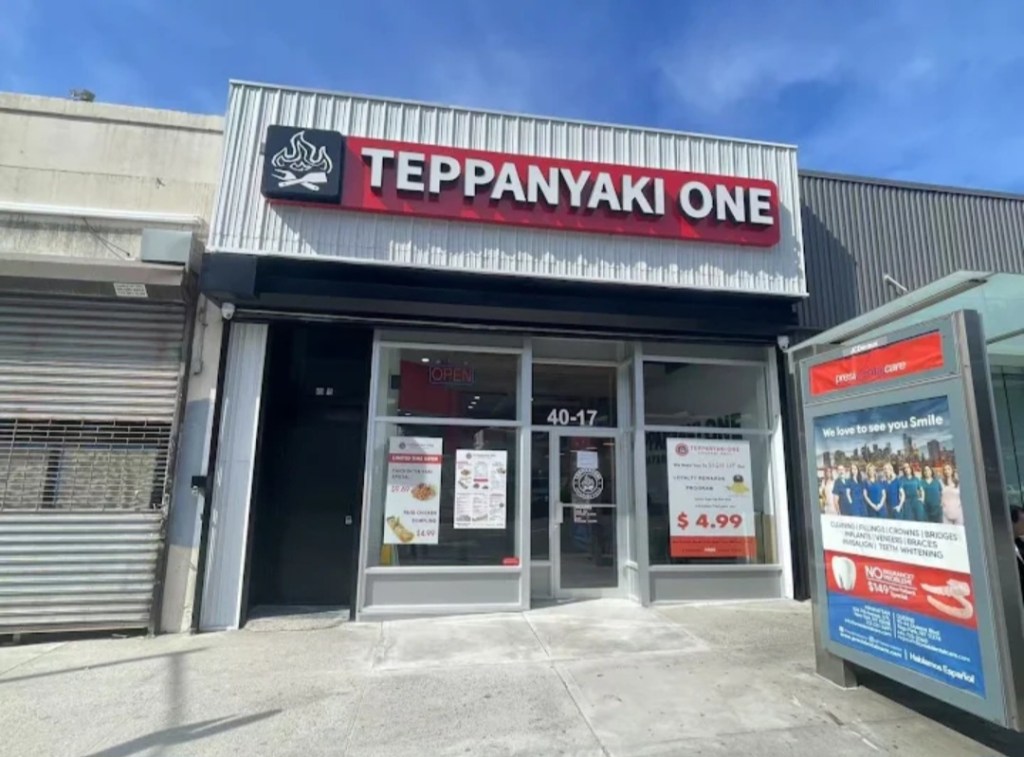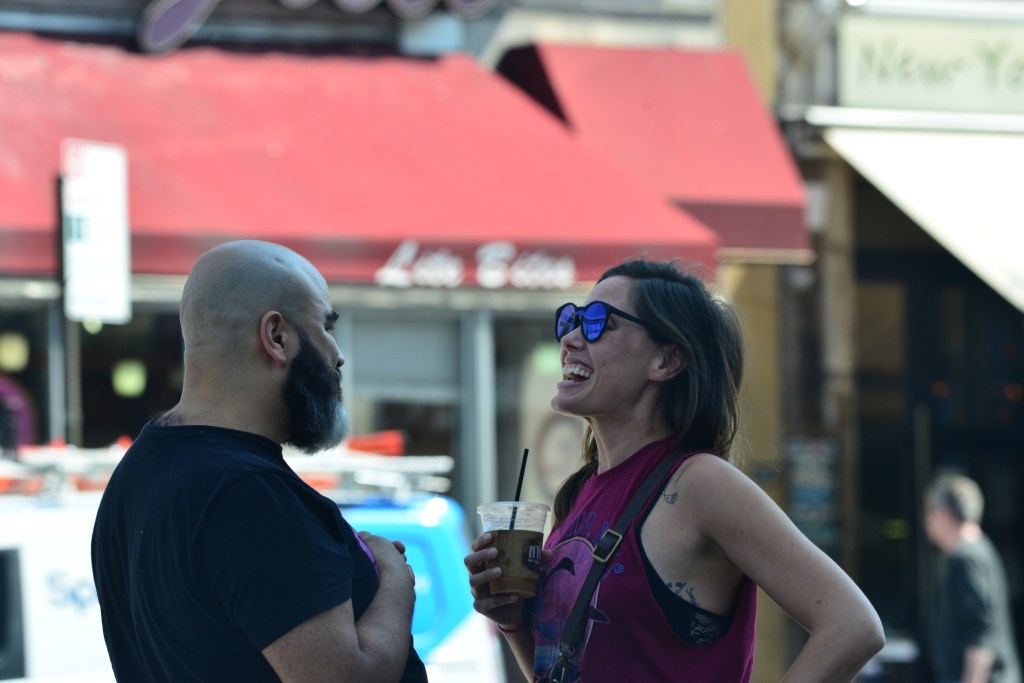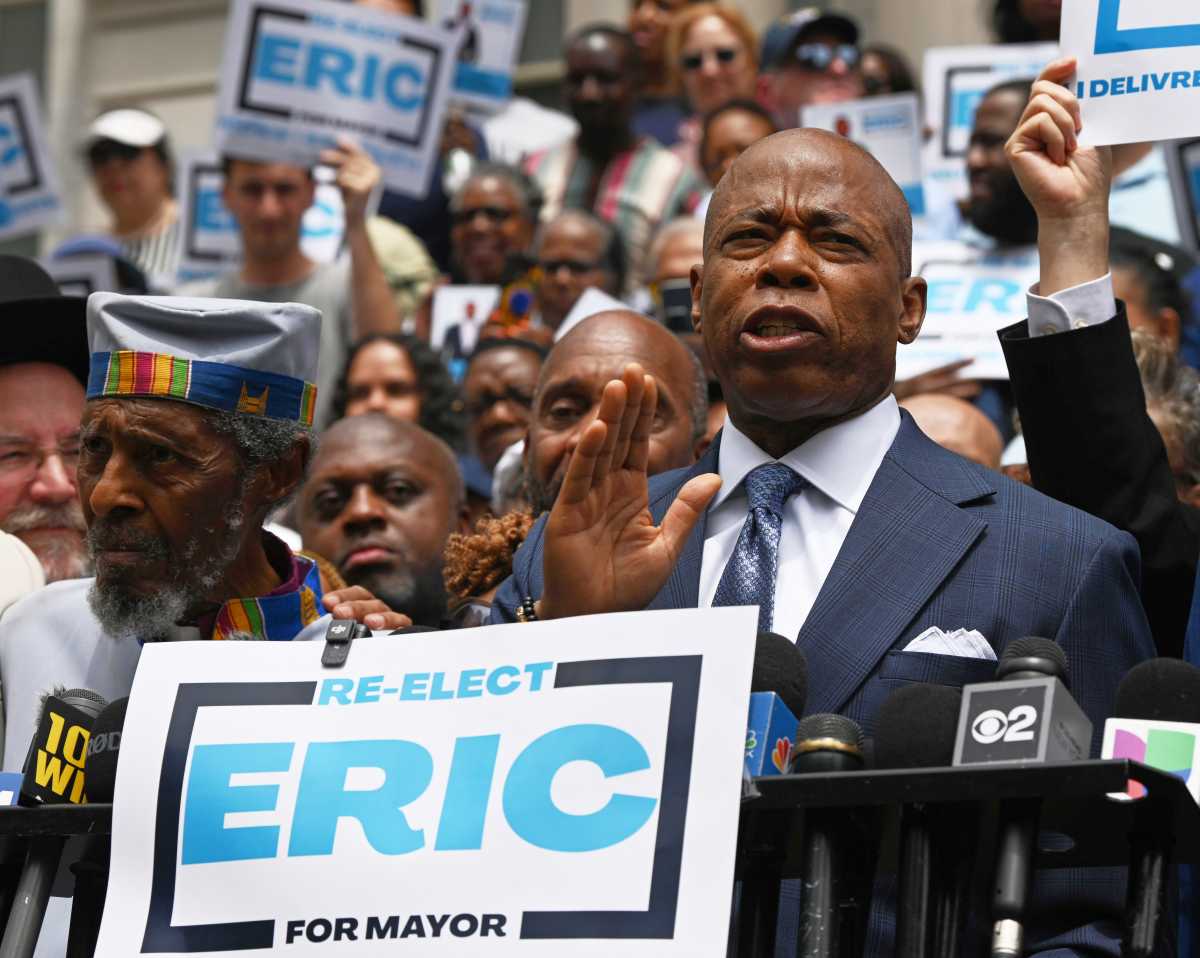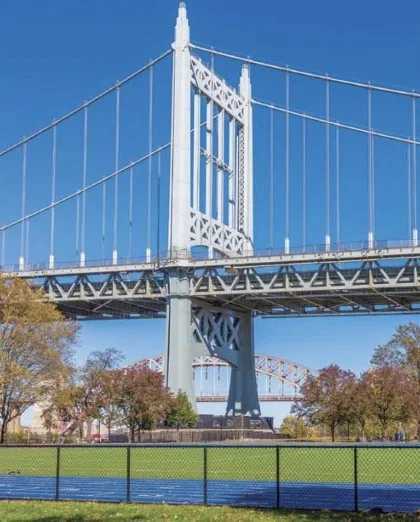A transportation planning firm has a plan to rethink the way major public transit hubs can work together to alleviate congestion at Penn Station — and they’re looking to Queens as being part of the solution.
Gov. Andrew Cuomo announced last year a plan to revamp Penn Station and also route Amtrak and LIRR trains to the neighboring Moynihan Station, which would become a major train hall that would include retail.
But ReThink Studio argues that by adding to that plan and creating a hub at Sunnyside Yards — where all 26 commuter rail lines would converge —passengers would have much easier access to the city.
In this plan, titled ReThink NYC, a 280-acre Queens version of Central Park would also be constructed in Sunnyside alongside a new Madison Square Garden, the group first told Crain’s New York. ReThink Studio also envisions a light rail linking Queens and Brooklyn, similar to the BQX proposed by Mayor Bill de Blasio.
The plan hinges on the creation of a trunk line, which would convert “New York’s disparate regional rail networks into a unified through-running system modeled on Paris’s RER network,” according to the group’s website.
The trunk line would connect New York City’s four major land masses, which include Manhattan, New Jersey, Long Island and the Bronx. It aims to link the disconnected lines – Metro-North’s Hudson and Harlem Lines and New Jersey Transit’s Bergen County Lines – to the Northeast Corridor at Port Morris in the Bronx and Secaucus, N.J.
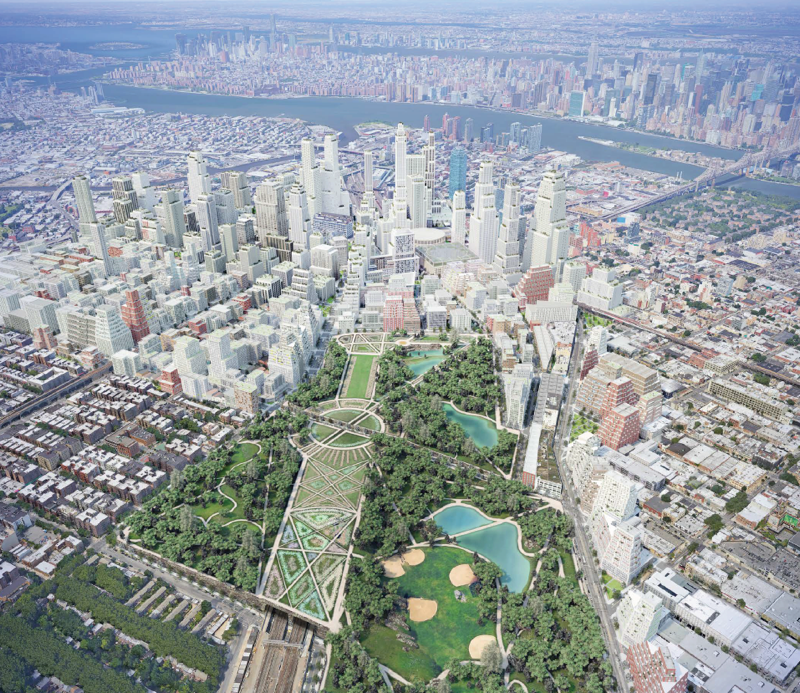
Two tracks would be added between Sunnyside and Port Morris and with the two planned Amtrak tracks between Newark and Penn Station, a four track trunk line would connect Secaucus, Penn Station, Sunnyside and Port Morris.
The planners argue that Penn Station currently operates as three stations in one: a terminal for Long Island Railroad from the east, a terminal for NJ Transit from the west, and a through-station for Amtrak. They would propose moving the station’s terminal functions to Port Morris and Secaucus and making all of Penn Station a through-running station.
Penn Station’s platforms would be widened and passengers would be able to load and unload on both sides of the train. The addition of Moynihan Station would “bring four bi-directional escalators to the platform at each access point, alleviating the bottleneck to get on and off tracks that currently plagues the station.”
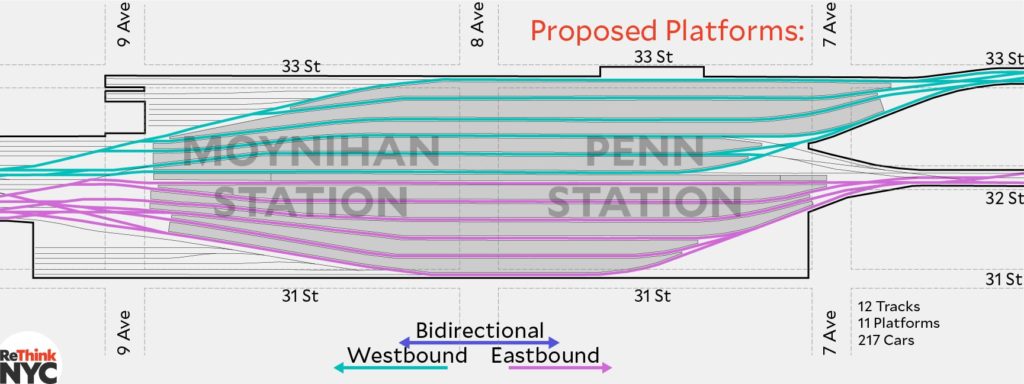
The Port Morris station would be built at the southern tip of the Bronx where passengers will be able to transfer between the Harlem and Hudson lines and a Second Avenue Subway extension. Passengers could also travel to LaGuardia Airport via a proposed air train in the group’s ReThinkLGA plan.
The airport would be extended to Riker’s Island, which may be closed by the city in 10 years, and the 7 train extension would make it easier for people to travel to the airport by public transportation instead of by cars.
Under the plan, the Port Morris station would replace Sunnyside Yards as a holding station for the trains. It would fit more than 114 trains.
In Secaucus, the Gateway Project, which is already underway, will construct two new rail tunnels under the Hudson River while the existing 106-year-old tunnels are repaired. Plans also call for the construction of an annex to Penn Station, a loop in Secaucus to connect Bergen County rail lines with the Northeast Corridor and an additional Portal bridge. Port Authority also proposed a new bus terminal there.
The Rethink NYC plan would also create an extension of PATH and the 7 train.
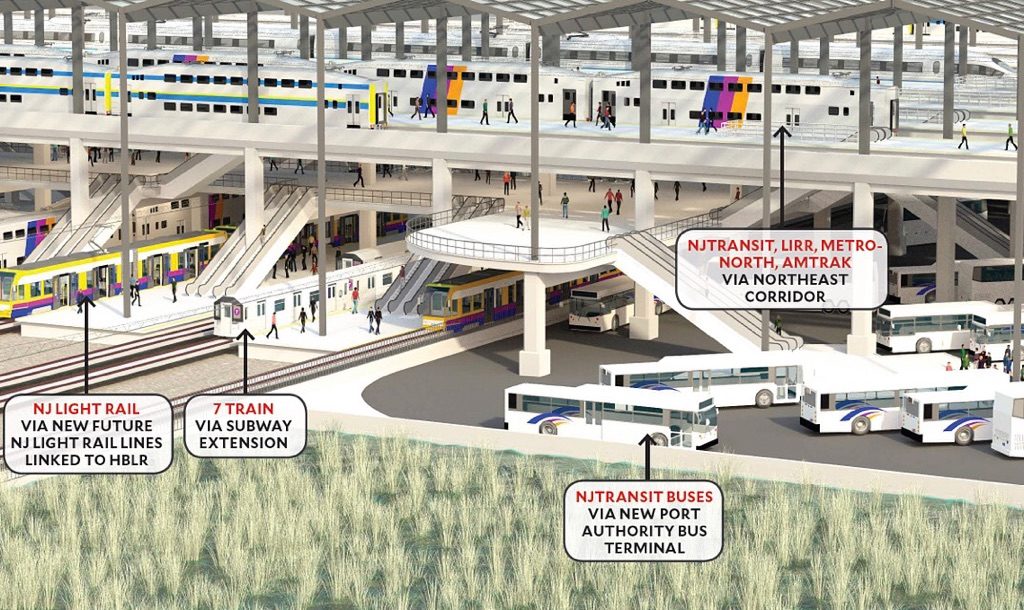
The plan would spur development of office space and housing in Queens and the Bronx, the group argues. Mayor Bill de Blasio announced a different plan for Sunnyside Yards. At $19 billion, the plan calls for the decking of the railyard and the construction of up to 24,000 housing units to fulfill the mayor’s goal of more affordable housing in the city.
